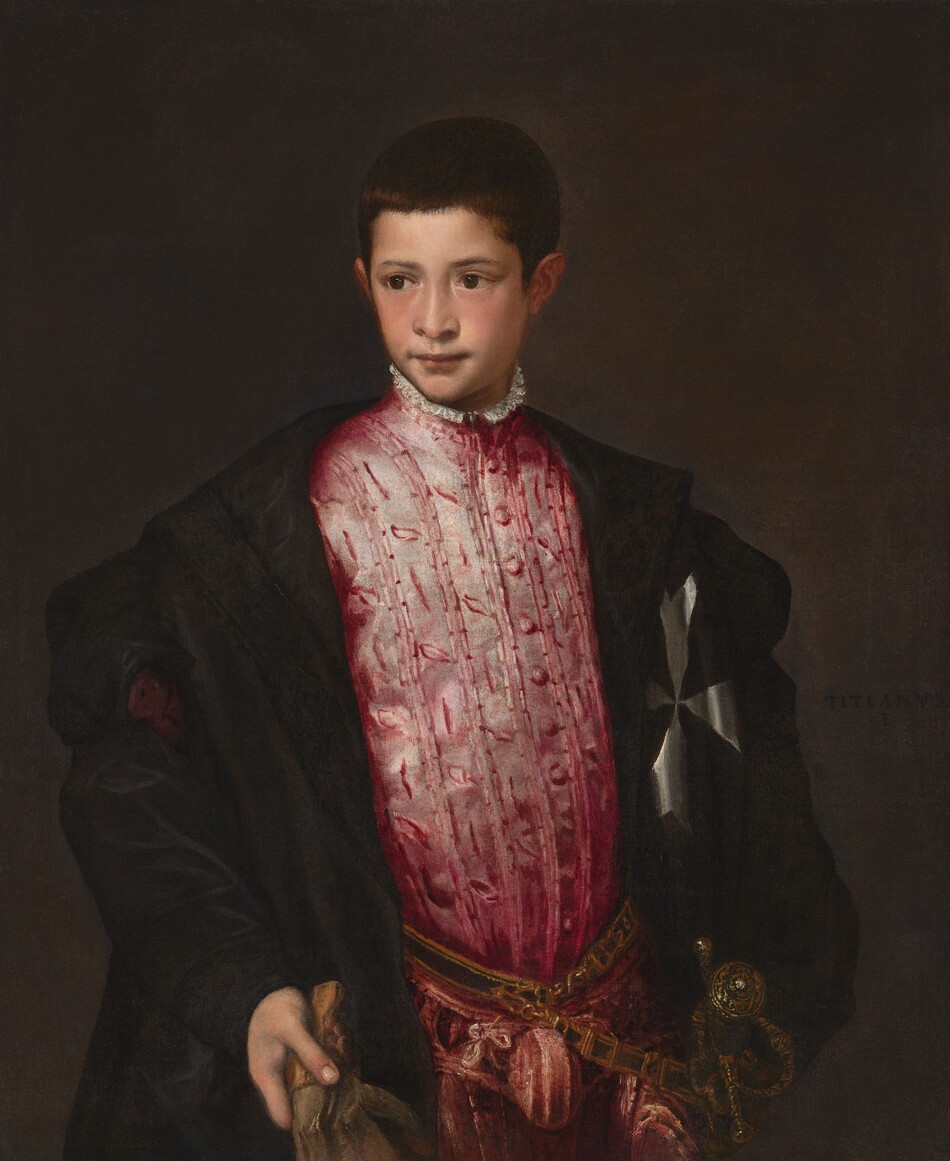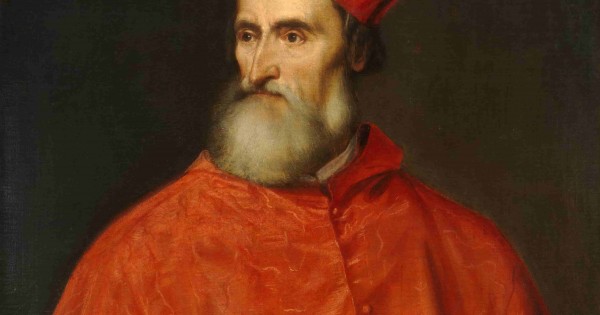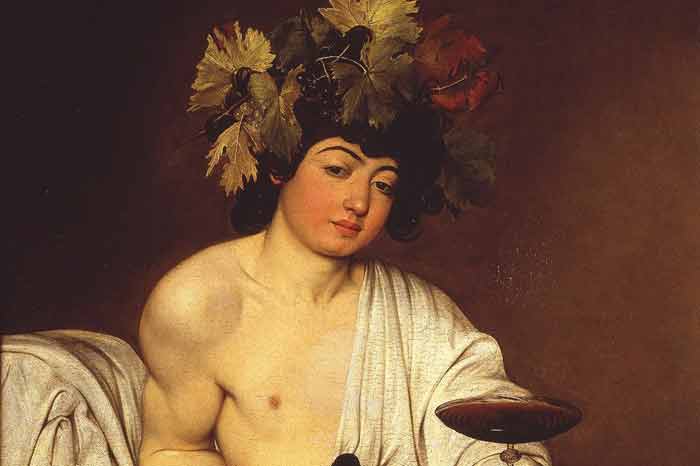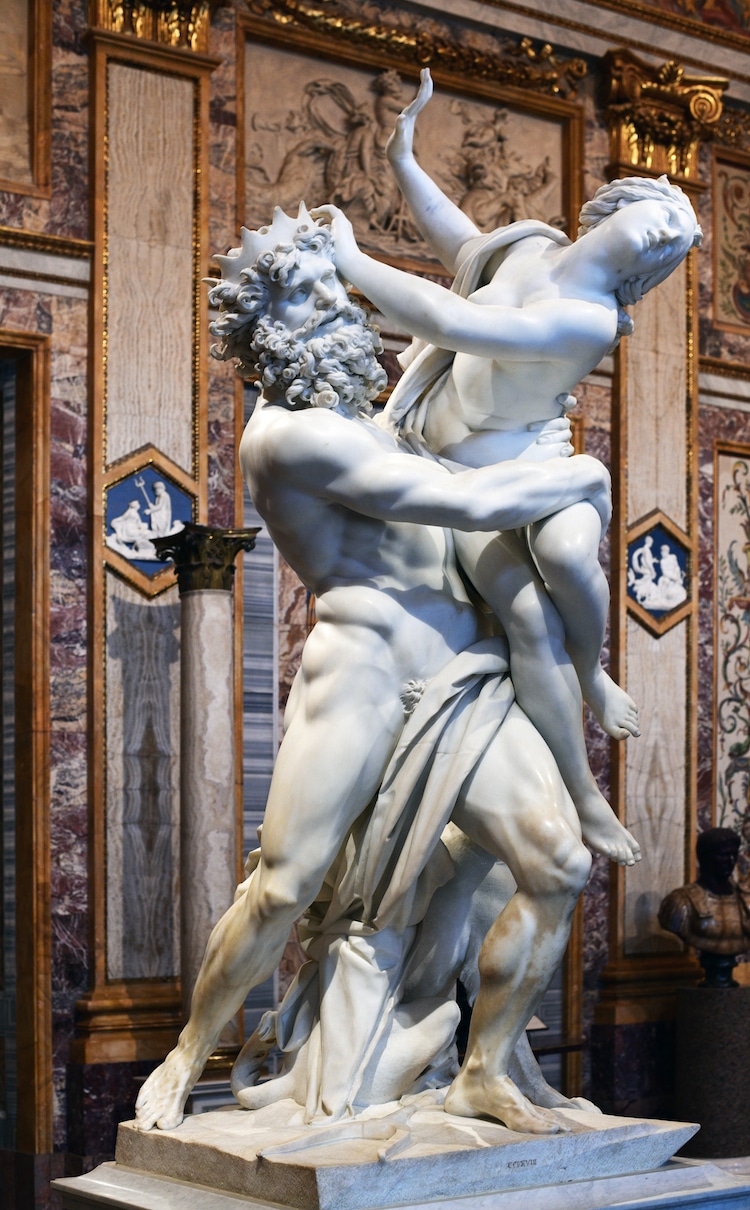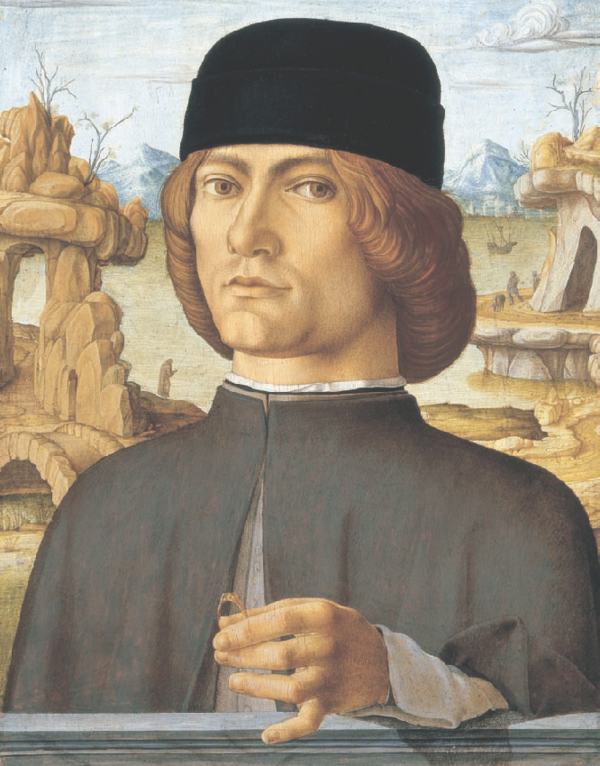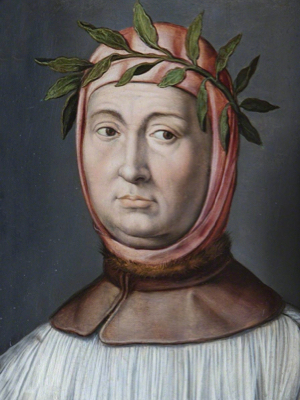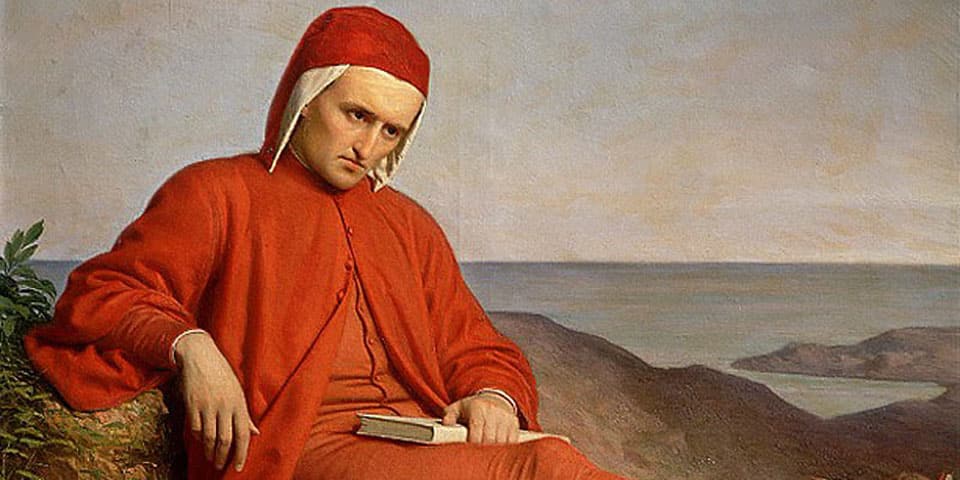Pietro Bembo
Venetian great man
A prodigy of Renaissance humanism, Pietro Bembo was a scholar, poet, historian, and cardinal. His letters are a remarkable record of the intellectual life of his day. He was a figure in the development of the Italian language, specifically Tuscan, as a literary medium, and his writings assisted in the 16th-century revival of interest in the works of Petrarch. Bembo's ideas were also decisive in forming the most important secular musical form of the 16th century, the madrigal.
Bembo's story
Pietro Bembo was born in Venice to a noble family. His father was a Venetian admiral and his mother was the daughter of a baron of Pesaro. Shortly after his birth, his mother died; and his father soon followed. Following his father's death in 1491, Pietro Bembo made his home with his grandfather and great-uncle, Pietro Mazzati and Cardinal Bembo, who supported the young man's literary endeavors and scholastic career in the Church. He served as apostolic secretary to Pope Leo X, who was elected pope in 1513 when Bembo was 38 years old.
His masterpieces
Pietro began to compose at an early age, but he became known only after he wrote his great work "Glória" in 1505. He wrote this in Greek elegiacs – which made for more rhythmic poems – and it caught on fast with all his friends. In his "Prose della volgar lingua" (Prose on the Vernacular Language), Bembo advocated a return to the vernacular language for literature, instead of Latin. In his dialogues Gli Asolani and Le Trattative, Bembo portrays courtly life in Venice. He was an integral figure in developing the Italian language as a literary medium, specifically through his work with Tuscan writers Dante Alighieri, Petrarch and Giovanni Boccaccio. He is remembered for his Rime, a collection of poems written and published between 1494 and 1530, which includes the notable sonnet written to Laura. An elegant linguist and man of letters, he became a leading humanist and scholar whose vast output on classical, historical and linguistic matters influenced many outstanding characters of his day and had a decisive influence on later generations.
